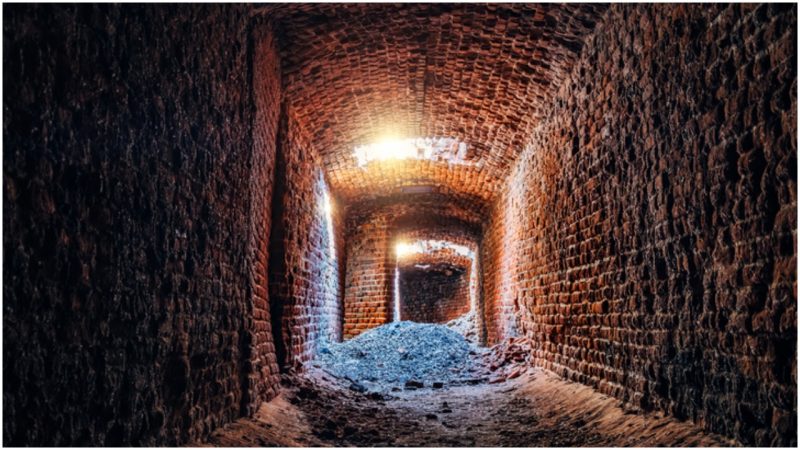Secret passageways and rooms are wonderful things. They can be used to move important people away from the public gaze, as a place to hide or means of reaching safety, to store important treasures, and to allow servants to move about the house without being seen by guests.
There are hundreds of buildings in the world that employ secret tunnels and rooms. Let’s look at a few of them.
The Colosseum
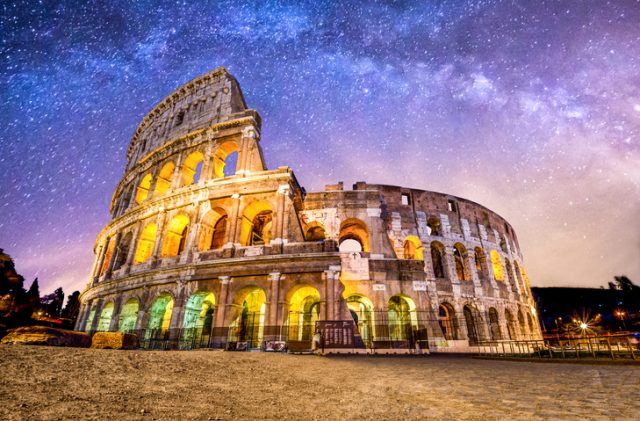
The Flavian Amphitheatre, also known as the Colosseum, in Rome, Italy has one of the largest complexes of tunnels ever built. During performances, the underground chambers, or hypogeum – derived from the ancient Greek “hupogeios” meaning underground – would have been a hive of activity.
Not only a space for gladiators to wait for their turn in the arena, but everything needed to create the entertainment spectacles held at the Colosseum were kept under the floor.
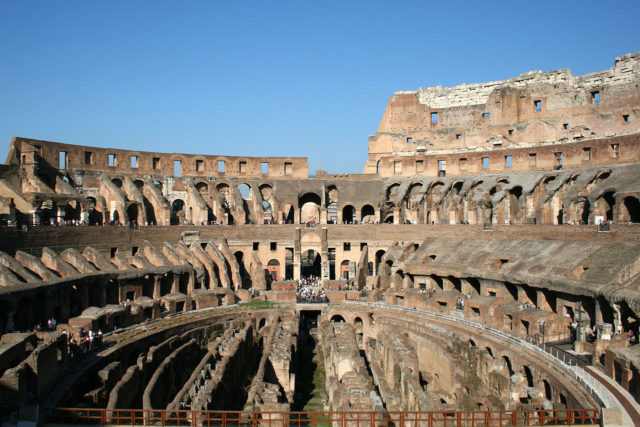
Among the scenery, people, drainage channels (the arena was on occasion flooded for “real” mock-sea battles), and huge pieces of machinery, wild animals were kept down below in cages.
The animals would be moved to a layer just below the arena level by means of a man-powered elevator. Slaves were employed to turn a complex system of capstans – cross-shaped, vertical winches – which hoisted the cage to a ramp, from where the hungry animal’s only exit was to the arena floor.
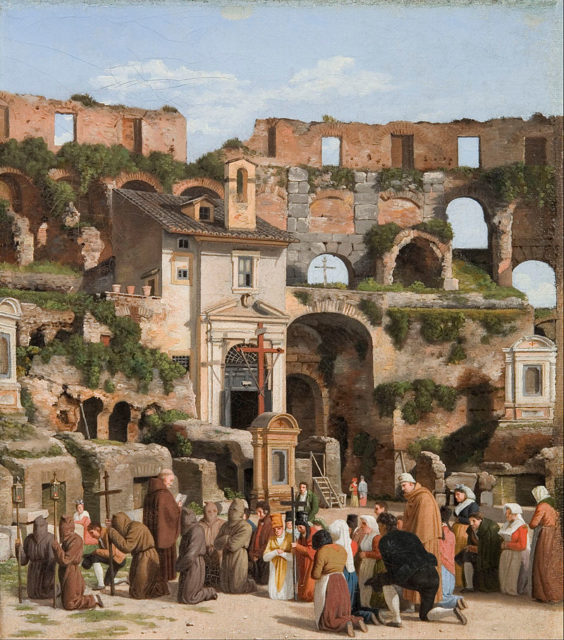
Scenery was lifted to the stage in a similar fashion, creating the illusion it had just suddenly appeared. Heinz-Jürgen Beste of the German Archaeological Institute in Rome has been working under the Colosseum for over 14 years.
He told Smithsonian that when he first started exploring the structures, “I understood why this site had never been properly analyzed before then.
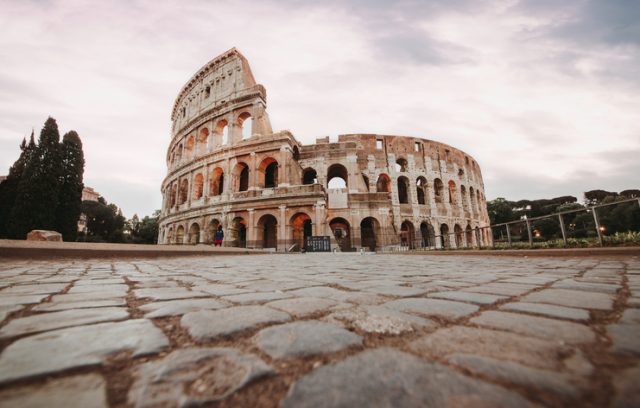
Its complexity was downright horrifying.” To give an idea of the scale, Beste concluded that “the hypogeum contained 60 capstans, each two stories tall and turned by four men per level.”
The Vatican in Rome
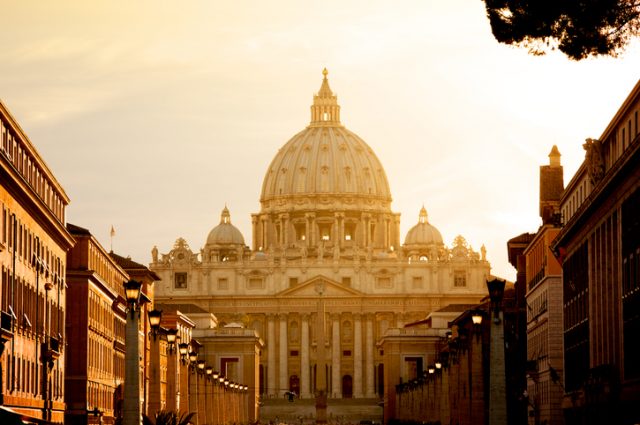
The Vatican in Rome, the residence of the Pope, has a hollow wall that was built in 1277. Behind the wall is a tunnel running from the papal apartments to the tomb of the Roman Emperor Hadrian, the Castel Sant Angelo, which was turned into a fortress in the Middle Ages.
Many Popes used the passage to escape to safety, and in 1527, it probably saved the life of Pope Clement VII while Rome was sacked. According to ABC News, there is also a secret bathroom in the papal apartments.
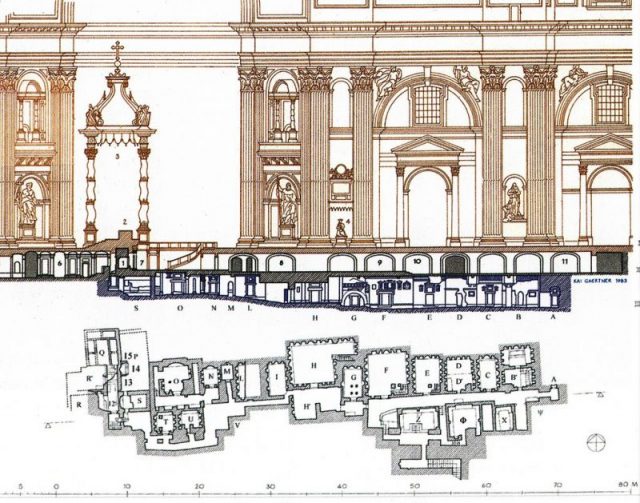
In his book A Journey Through the Historic Underbelly of Europe, Tony Perrottet writes that the bathroom, known as the Stufetta della Bibbiena, is decorated with erotic frescos by Italian master Raffaello Sanzio da Urbino (Raphael).
The room was painted over and later restored but Vatican officials denied its existence until some dark photos taken in the 1930s emerged. Perrottet managed to wangle a brief visit to the hidden room but was not permitted to take photos.
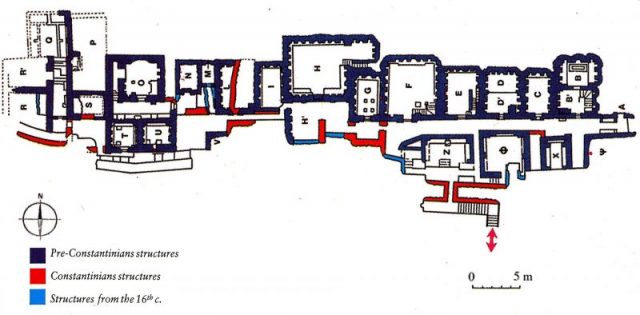
He made a few quick drawings of some of the subjects including a nude Venus combing her hair by a river with a visibly excited Pan watching from behind a bush.
Corrie ten Boom of Haarlem
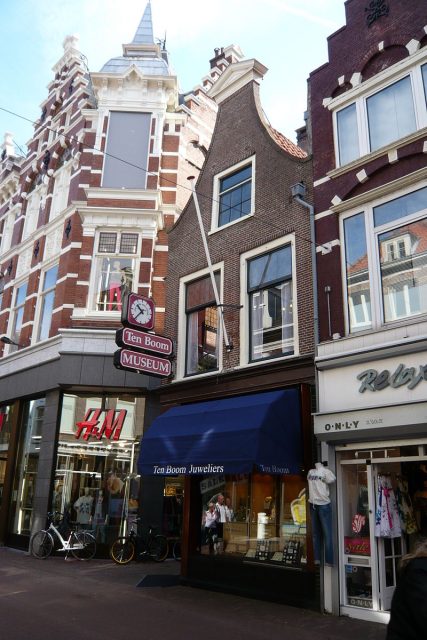
Corrie ten Boom of Haarlem in the Netherlands and her family became involved in the Dutch underground resistance during the years of the Holocaust. The family were watchmakers and lived in apartments above their store.
In the 1940s they had a secret room built behind a false wall inside Corrie’s bedroom at her request. This room was part of the network of safe-houses used to hide hundreds of Jewish people on their way out of Germany for several years, until they were betrayed by a fellow Dutch citizen and arrested in 1944.
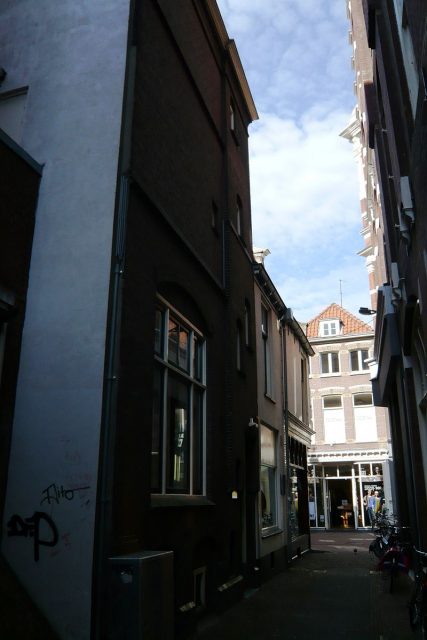
The Jews hiding in the secret room were not found and later escaped. Although most of her family died in concentration camps, Corrie was released from the vicious Ravensbrück camp, narrowly missing the gas chamber, and set up a safe house for the mentally ill who were usually executed by the Nazis.
After the war she established a rehabilitation center in Bloemendaal in North Holland province for concentration camp survivors. In 1971, she wrote The Hiding Place and became a public speaker on the horrors of the Holocaust. Corrie died in 1983 in the United States at the age of 91. The home is now open to the public and an excellent virtual tour can be seen at tenboom.com showing the neighborhood, the house, and the secret room.
Tunnel from the basement of the White House

During World War II, when Franklin Delano Roosevelt was President of the United States, a tunnel from the basement of the White House that leads to the National Treasury was adapted to lead to a secret bomb shelter built to protect the President.
When Roosevelt saw the crudely put together room, he refused to ever come back. Theoretically, the tunnel and secret room could still be used in an emergency, but a better bomb shelter was built in the 1940s under the present site of the East Wing.
Vasari Corridor
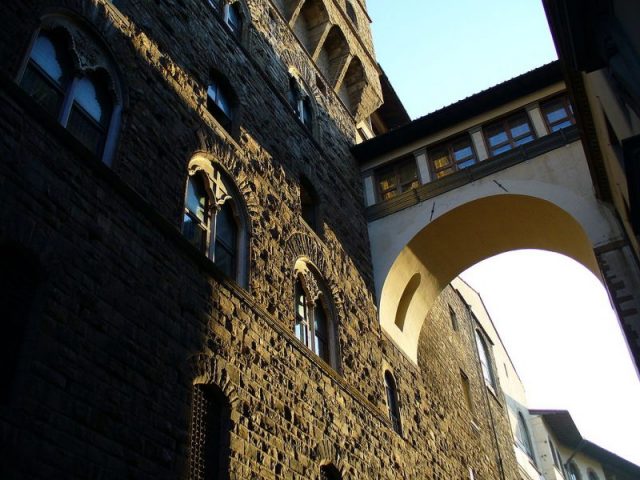
In 1564, architect, painter, and author Giorgio Vasari built the Vasari Corridor to link the Pitti Palace and the offices of Francesco I de’ Medici, second Grand Duke of Tuscany, in Florence, Italy.
The corridor, about a half mile in length, is an enclosed walkway with arched windows and rich wooden floors. It is decorated with Cardinal Leopoldo de’ Medici’s collection of over a thousand of some of the finest works of art of the 17th and 18th centuries by Bernini, Peter Paul Rubens, Delacroix and others.
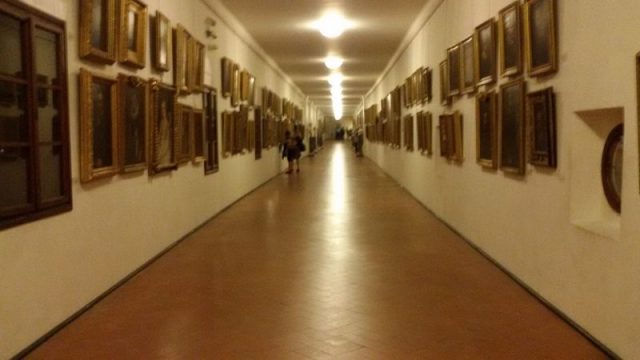
The corridor was only for the use of the Medici family, who dominated Florence for about 300 years as merchants, bankers, and politicians. Pope Leo X, a patron of Michelangelo, and Pope Clement VII were both from the Medici family.
The Vasari Corridor allowed the family and their guests to cross the busy streets of Florence without having to deal with the crowds and the dirty roads.
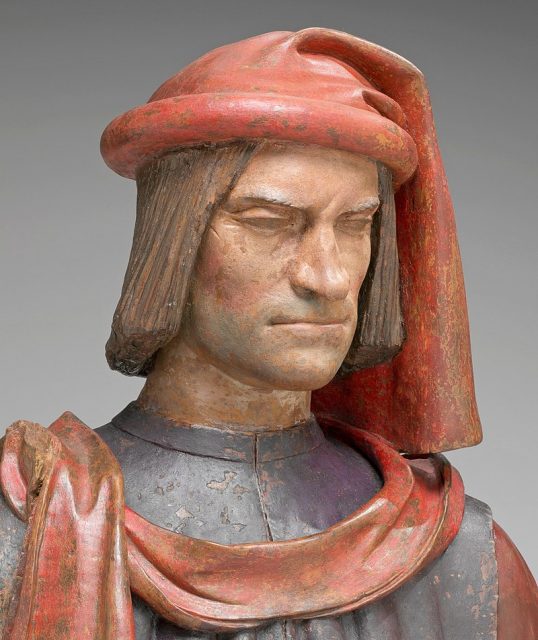
It was opened to private tours in 1973, but stopped allowing visitors in 2016 following inspections by the Fire Department. The Vasari Corridor is currently undergoing renovations and is expected to reopen in 2021.
The Statue of Liberty

The Statue of Liberty, with the face of the sculptor’s mother, has looked out over New York Harbor since 1886 when she was presented as a gift from the people of France.
The 305-foot hollow, copper statue was transported from France on the French frigate Isere in 350 pieces, and took four months to reassemble.
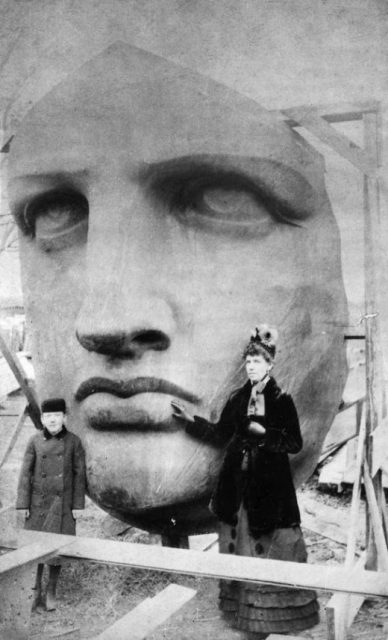
In 1933, Lady Liberty was put into the care of the National Park Service. Originally, there was a 40-foot ladder up her arm and into the torch, from where the bravest visitors could enjoy incredible views of the city.
In 1916, Europe was embroiled in World War I and the Germans, who were aware that the United States was aiding Great Britain and France prior to their entrance into the war, bombed a munitions depot on a pier connecting Black Tom Island to Jersey City.
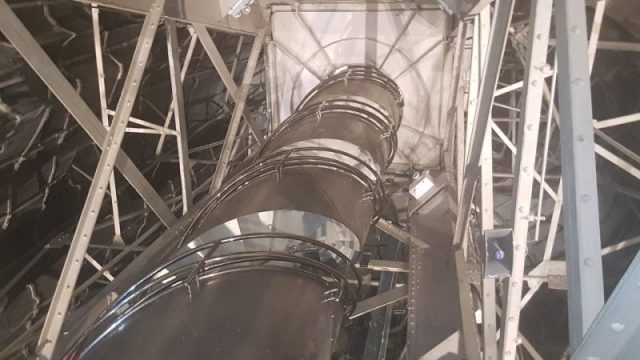
The explosion killed several people, with hundreds wounded, and according to AM New York, Liberty’s arm and torch were damaged and access was closed.
In 1982, an $87 million restoration was started which corrected the damage and replaced the torch, but visitor access was limited to the crown, which is reached by a 377-step staircase.
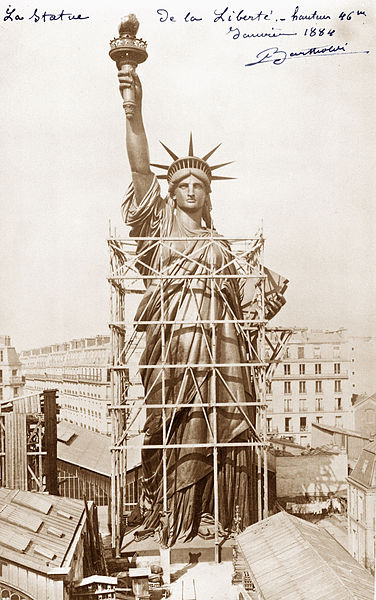
National Park workers still climb the ladder to perform maintenance on the new torch, which was gilded with 24 karat gold leaf, following the original plans of the statue’s sculptor, Frederic Auguste Bartholdi.
These are just a few places that employ hidden rooms and secret tunnels. Many structures around the world, especially castles, Egyptian and Mayan pyramids, and historic buildings and ruins made use of the secrecy and protection these places offered and some may have yet to be found.
Church of England
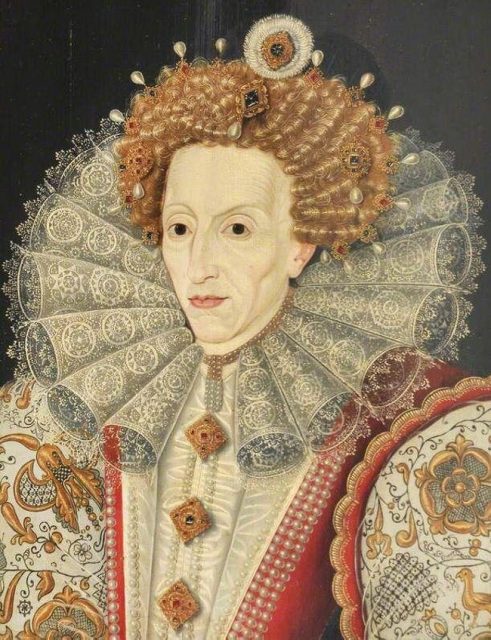
In England during the reign of Queen Elizabeth I, the Church of England, established by her father King Henry VIII, turned the country into a Protestant kingdom.
Before this, Catholicism was the main practiced religion, but, in the turbulent times of changing the religion of the nation, Catholics were still large in number.
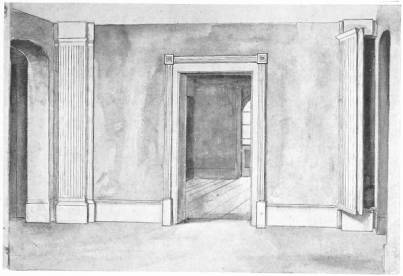
Threatened with death for holding public church services, Catholic priests roamed the countryside, performing secret ceremonies in private homes or hidden chapels. When the Queen caught wind of such practices, she sent out soldiers to capture the priests.
Read another story from us: A Secret Knights Templar Tunnel that Remained Hidden for 700 Years
This led to secret cubby-holes, which became known as priest holes, to be built into the homes of loyal Catholics. While many priests survived because of the small secret rooms, some died by suffocation while waiting for the Queen’s men to leave. Web Urbanist tells us that during the English Civil War, King Charles II used these priest holes to make his way from London to safety.
